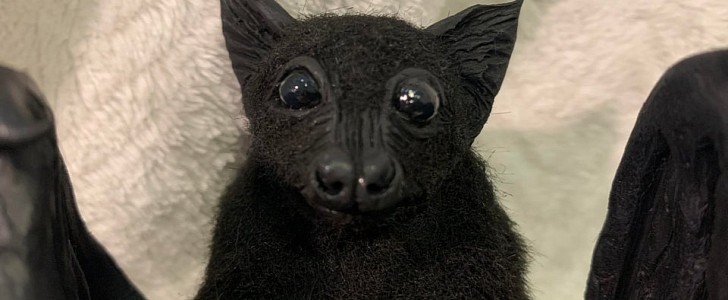What can bats do for humans? They can teach them how to navigate without using their sight. Scientists found a way to help blind people improve their mobility by using echolocation.
Echolocation is the process of using reflected sound to locate objects in space, and it’s constantly used by animals around us. Bats are the best example of how echolocation works, as these weird-looking creatures use it all the time to be able to fly and figure out where their prey is. They emit a high-pitched sound and then listen to its echo, which helps them figure out where an object is, what its texture, shape, or size is. Echolocation is also used by other beings such as dolphins, whales, and certain birds.
A team of researchers at Durham University in the UK, led by psychologist Lore Thaler, recently published a study on human echolocation, showing that both sighted and blind people can navigate using this technique.
The team conducted an experiment involving 12 blind volunteers and 14 sighted ones and trained them for ten weeks. Participants were of different ages, ranging from 21 and 79, and hadn’t previously used echolocation. For their test results to be relevant, they were compared with those of a group that’s been practicing the technique for more than 10 years.
Participants used click-based human echolocation and were trained over 20 sessions that taught them to navigate through certain environments, recognize certain locations and objects, and more.
All participants showed visible improvements as the training progressed and the blind volunteers continued to be monitored for three more months after the training ended. A follow-up survey revealed that 83 percent of them reported better independence and an improvement in mobility.
The study concluded that click-based echolocation is possible regardless of age or vision capabilities. Studies will continue for Thaler and her team who hope to use echolocation on visually impaired children, by training them from an early age.
A team of researchers at Durham University in the UK, led by psychologist Lore Thaler, recently published a study on human echolocation, showing that both sighted and blind people can navigate using this technique.
The team conducted an experiment involving 12 blind volunteers and 14 sighted ones and trained them for ten weeks. Participants were of different ages, ranging from 21 and 79, and hadn’t previously used echolocation. For their test results to be relevant, they were compared with those of a group that’s been practicing the technique for more than 10 years.
Participants used click-based human echolocation and were trained over 20 sessions that taught them to navigate through certain environments, recognize certain locations and objects, and more.
All participants showed visible improvements as the training progressed and the blind volunteers continued to be monitored for three more months after the training ended. A follow-up survey revealed that 83 percent of them reported better independence and an improvement in mobility.
The study concluded that click-based echolocation is possible regardless of age or vision capabilities. Studies will continue for Thaler and her team who hope to use echolocation on visually impaired children, by training them from an early age.

